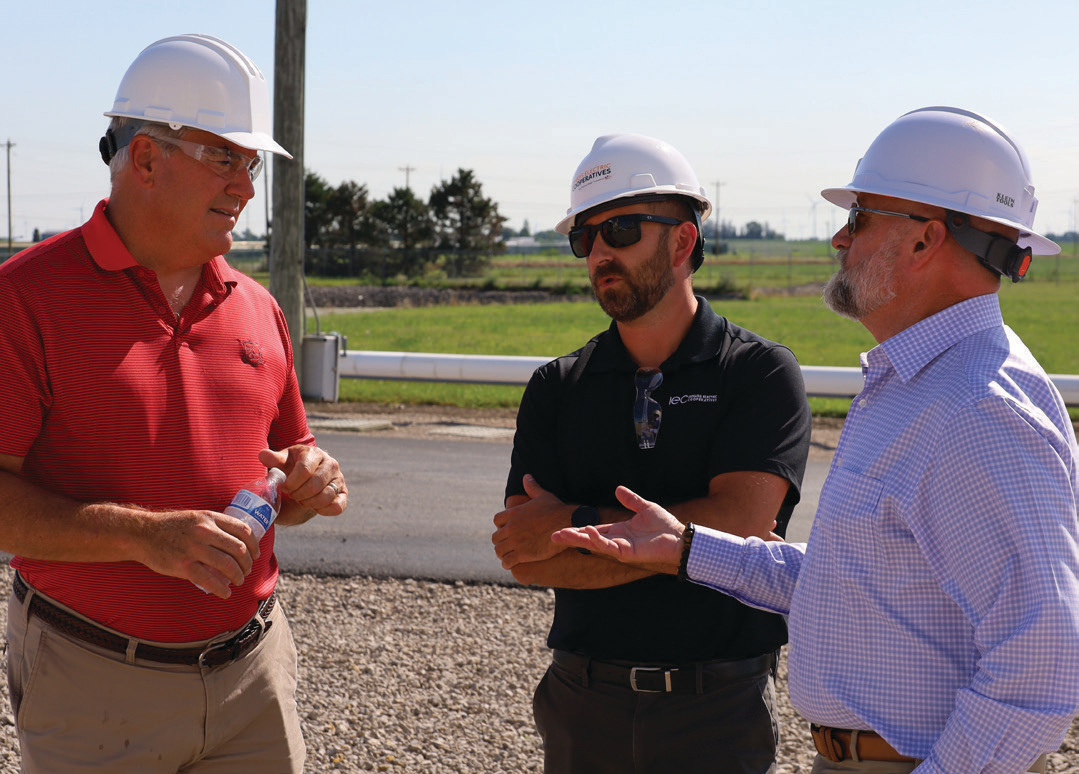At PPEC, ensuring affordable and reliable electricity for our members is our primary focus. Transparency is fundamental to our values, which means we believe in openly sharing both our successes and the challenges we face. As you have been reading in our magazine, the EPA introduced a new rule impacting power plant operations across the nation.
This regulation mandates carbon capture and storage (CCS) technology for coal and natural gas plants, which poses significant challenges as no North American plant currently meets these requirements at the scale mandated. This could lead to early shutdowns of crucial power plants like Ohio’s Cardinal Power Plant, jeopardizing reliable 24/7 electricity supply for local communities.
While renewable sources like solar and wind play a role in our energy mix, their intermittent nature makes it essential to maintain dependable power generation resources.
Despite these obstacles, PPEC remains committed to finding solutions that best serve our members. We’re actively collaborating with other cooperatives across the country to contest these regulations and engaging local officials to ensure they understand the implications for our members.

The EPA’s power plant rule will:
- Force the premature closure of many power plants that currently provide electricity 24/7.
- Mandate the deployment of unproven carbon capture and storage technology.
- Jeopardize the reliability of the grid at a time when America is already facing a surge in electricity demand.
- Heighten the risk of rolling power outages to relieve electric grid pressure.
- Increase costs for consumers as utilities are forced to pay for new power generation to comply with the EPA rule.



